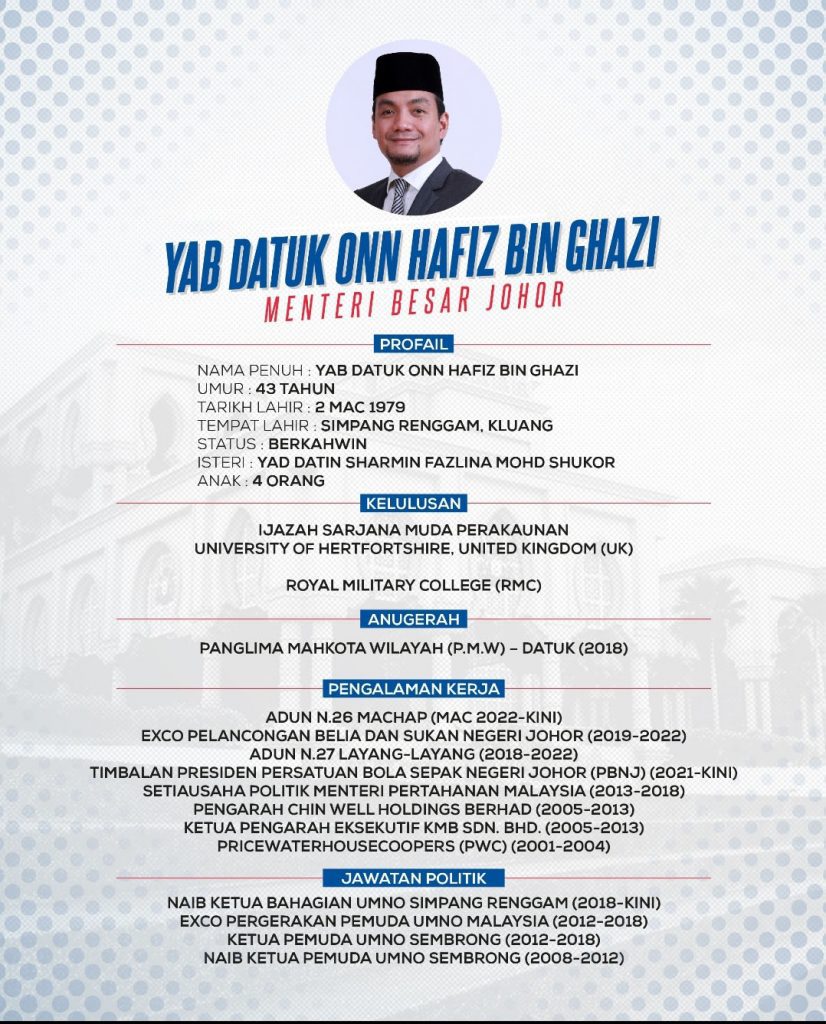Dhana Raj Markandu was quoted in The Edge Malaysia, 30 December 2024
This article first appeared in The Edge Malaysia Weekly on December 30, 2024 – January 12, 2025
Malaysia’s National Energy Transition Roadmap (NETR) is ambitious, charting out the country’s journey of transitioning away from brown energy.
It aims for a 70% renewable energy (RE) capacity by 2050, more than double the last recorded figure of just over 25% in 2023, according to Natural Resources and Environmental Sustainability Minister Nik Nazmi Nik Ahmad.
Malaysia is not short on resources to make this transition, with almost year-round sunlight, plenty of biomass waste, and rooftop solar becoming increasingly accessible.
ESG asked industry observers whether these RE targets, which run alongside the country’s goal to achieve net zero emissions by 2050, are achievable and what needs to be done.
Cash rebates for solar a game changer
Malaysia’s RE journey has been gaining momentum in the business space in recent years, as RE providers are expanding and growing in numbers. Further driving adoption is the falling cost of solar energy systems. Deputy Prime Minister Datuk Seri Fadillah Yusof has said the average cost of installation of a solar photovoltaic system has fallen from RM30,000 in 2011 to RM15,000 in 2024.
Despite this progress, nationwide adoption remains slow, with key hurdles being low public awareness of the overall benefits of renewable energy and entry barriers that remain too high.
“Many Malaysians remain unaware of RE’s economic and environmental benefits. Targeted outreach and education campaigns are vital to highlight savings, rebates and the importance of supporting Malaysia’s energy transition,” says Raj Ridvan Singh, founder of Sols Energy.
Sols Energy, backed by Petronas, has run programmes educating the public on the value of RE, as well as teaching underserved communities to join the solar workforce.
While costs have fallen significantly, the upfront costs remain high, and Raj says further support and accessible financing options are needed.
He adds that the groundwork has already been done, thanks to government initiatives such as the Net Energy Metering scheme, which enables users to sell excess energy back to the grid.
In addition, the SolaRIS Incentive Scheme introduced this year, which provides a cash rebate of RM4,000 for residential solar installations, has further driven interest. Raj calls it a game changer as it encourages more homeowners to embrace solar energy.
“Sols Energy addresses this matter with its Home Solar Subscription programme, allowing homeowners to transition to green energy with no upfront costs. Backed by the Ministry of Energy Transition and Water Transformation, initiatives like ‘SOLAR Boleh!’ further amplify solar adoption nationwide,” he says.
A key challenge is adapting the entire energy grid, enhancing it for added reliability such as with energy storage systems, like batteries, to properly balance the supply and demand of energy.
“Designed for centralised fossil-fuel power plants, Malaysia’s electricity grid struggles to accommodate renewable sources like solar and wind, which are weather-dependent and intermittent,” explains Raj.
Meeting national renewable energy targets
The National Energy Transition Roadmap (NETR) aims for 70% renewable energy (RE) by 2050, with 58% from solar, 11% from hydro, 1% from bioenergy and 30% from natural gas.
“The 70% RE target is for electricity generation only and not the entire energy system. This figure does not include non-electricity energy use in sectors such as industry and transport,” says Dhana Raj Markandu, senior analyst at the Institute of Strategic & International Studies (Isis) Malaysia.
Despite the overall push for RE, 78% of Malaysia’s total primary energy supply is still expected to come from fossil fuel, which is mainly natural gas, supplemented by crude oil, petroleum products and others.
“This highlights the inherent challenges in rapidly shifting towards cleaner energy use across all sectors while balancing economic, financial, social, technological and logistical considerations,” says Dhana.
He adds that the key target of the NETR is phasing out coal-generated electricity by 2044.
According to the Malaysia Energy Statistics Handbook 2022, the biggest sources of fuel for total primary energy in 2020 was natural gas (42.4%), crude oil, petroleum products and others (27.4%), and coal and coke (26.3%). The electricity generation mix was primarily hydropower (17.8%), coal (45%) and gas (34.2%) in 2021.
Meeting this goal would make the greatest impact on Malaysia’s decarbonisation efforts, but looking for fossil fuel replacements is difficult. As such, Dhana argues that to achieve Malaysia’s RE targets, reducing emissions and preserving existing natural carbon sinks are essential.
The NETR assumes, however, that natural carbon sinks will remain at their current level until 2050, which may not be the case, owing to urban development and deforestation.
Furthermore, analysis by Isis Malaysia suggests that the gap between greenhouse gas emissions and removals indicated by the NETR could be up to double the projected values, owing to uncertainties in the estimated data, meaning that Malaysia may need to scale up its ambitions to meet the 2050 goal.
“Malaysia’s current RE targets rely heavily on increasing solar capacity, but this may not produce the assumed levels of decarbonisation required to meet long-term goals,” says Dhana.
Analysis by Isis Malaysia shows that while the NETR targets 58% solar and 30% gas capacity by 2050, the actual amount of electricity generated is likely to be reversed, with almost 60% coming from gas and less than 30% from intermittent solar.
“More than 40% of electricity capacity could be weather-dependent if the country continues its current pathway. Thus, greater diversity in low-carbon options should be considered to reduce dependence on gas,” says Dhana.
He acknowledges that policymakers recognise the need to expand the low-carbon portfolio and are open to exploring alternative technologies such as battery energy storage systems, pumped hydro storage and nuclear energy.
Dhana says Malaysia also needs to consider examining RE targets separately for Peninsular Malaysia, Sarawak and Sabah because each region has its unique strengths and challenges in developing its RE goals, and a sweeping policy may not suffice.
“Connections between the electrical networks of each region should be accelerated to facilitate the transfer of low-carbon electricity,” adds Dhana.
This article first appeared in The Edge Malaysia, 30 December 2024





